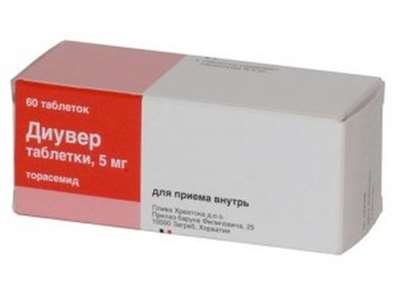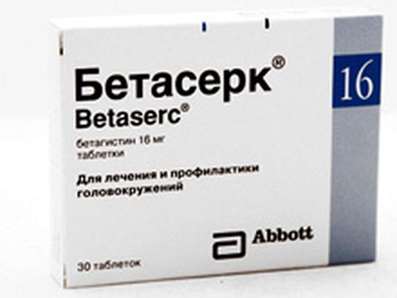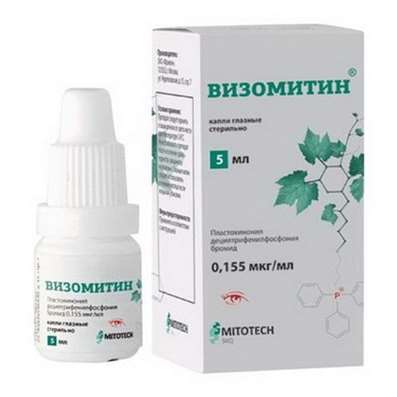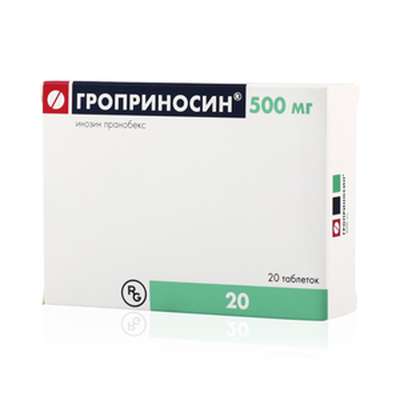Instruction for use: Ibuprofen-Akrichin
I want this, give me price
Active substance Ibuprofen
ATX code M01AĊ01 Ibuprofen
Pharmacological group
NSAIDs - Propionic acid derivatives
Composition and form of release
Suspension for oral administration 5 ml
ibuprofen 100 mg
in bottles of orange glass to 100 g; in the box 1 bottle (the package is accompanied by a measurement with a scale).
Description of dosage form
Suspension orange with orange smell and sweet taste, with an easily perceptible burning taste. There may be a separation into a liquid layer and a precipitate, which, after mixing, form a homogeneous suspension.
pharmachologic effect
Antipyretic, analgesic, anti-inflammatory. It blocks cyclooxygenase of arachidonic acid, and reduces synthesis of PG. Antipyretic effect due to a decrease in the concentration of PG in the cerebrospinal fluid, a decrease in the excitation of the center of thermoregulation, resulting in the normalization of body temperature. The analgesic effect is associated with a decrease in the production of EH classes E, F, I, biogenic amines, changes in the sensitivity of nociceptors and prevention of hyperalgesia. The analgesic effect is most pronounced for inflammatory pains. The anti-inflammatory effect is due to a decrease in the secretion of inflammatory mediators and a decrease in the activity of the exudative and proliferative phase of the inflammatory process. Antipyretic and analgesic effect manifests itself earlier and at lower doses than the anti-inflammatory effect that occurs on the 5th-7th day of treatment.
Pharmacokinetics
After oral administration, more than 80% is absorbed from the digestive tract. Cmax in blood plasma is achieved with fasting - after 45 minutes, after eating after 1.5-2.5 hours. Binding to proteins is 90%. Slowly penetrates into the joint cavity, but in the synovial fluid it creates larger concentrations (in Cmax in the synovial fluid is achieved in 2-3 hours). Metabolized mainly in the liver. It is subjected to pre- and post-systemic metabolism. After absorption, about 60% of the pharmacologically inactive R-form is slowly transformed into an active S-form. It is excreted by the kidneys (60-90% in the form of metabolites and products of their compounds with glucuronic acid, to a lesser extent - with bile, in unchanged form - not more than 1%). It has a two-phase kinetics of elimination from T1 / 2 2-2.5 hours, after administration in a single dose is completely eliminated within 24 hours. The antipyretic effect of Ibufen develops in 30 minutes and lasts for 6-8 hours.
Indications
As an antipyretic agent: for colds, acute respiratory viral infections, flu, angina (pharyngitis), childhood infections accompanied by fever, postvaccinal reactions.
As an analgesic: with toothache, painful teething, headache, migraine, neuralgia, pain in the muscles, joints, with injuries and burns.
Contraindications
Hypersensitivity (including to acetylsalicylic acid or other NSAIDs), peptic ulcer of the stomach and duodenum, severe liver, kidney, cardiovascular, arterial hypertension, hemophilia, hypocoagulation, hemorrhagic diathesis, deficiency of glucose-6-phosphate dehydrogenase , bronospastic reactions after the use of acetylsalicylic acid or other NSAIDs ("aspirin asthma"), Quincke's edema, polyps of the nose, hearing loss, infantile age (up to 6 months, with body weight - below 7 kg).
Side effects
From the side of the central nervous system: headache, dizziness, sleep disturbance, anxiety, drowsiness, depression, agitation, visual impairment (reversible toxic amblyopia, blurred vision or double vision).
On the part of the organs of hematopoiesis: heart failure, tachycardia, increased blood pressure; anemia, thrombocytopenia, agranulocytosis, leukopenia.
On the part of the intestine: nausea, vomiting, decreased appetite, heartburn, abdominal pain, diarrhea, constipation, flatulence, liver dysfunction, peptic ulcers, gastric bleeding.
From the urinary system: acute renal failure, allergic nephritis, nephrotic syndrome (edema), polyuria, cystitis.
Allergic reactions: itching, rash, bronchospastic syndrome, allergic rhinitis, Quincke's edema, Stephen-Johnson syndrome, Lyell's syndrome.
Interaction
Do not combine with other NSAIDs (acetylsalicylic acid reduces anti-inflammatory effects and increases side effects). With simultaneous admission with diuretics, the diuretic effect decreases and the risk of developing kidney failure increases. Weakens the effect of antihypertensive drugs, including ACE inhibitors (simultaneously reduces their release by the kidneys), beta-adrenergic agents, thiazides. Strengthens the effect of oral hypoglycemic agents (especially sulfonylurea derivatives) and insulin, indirect anticoagulants, antiaggregants, fibrinolytics (increases the risk of hemorrhagic complications), toxic effects of methotrexate and lithium preparations, increases the concentration in the blood of digoxin.
Inducers of microsomal oxidation (phenytoin, ethanol, barbiturates, zixorin, rifampicin, phenylbutazone, tricyclic antidepressants) increase the risk of severe hepatotoxic complications (increase the production of hydroxylated active metabolites), inhibitors of microsomal oxidation - reduce. Caffeine enhances the analgesic effect.
Dosing and Administration
Inside, after eating. The average single dose is 5-10 mg / kg of body weight 3-4 times a day. Children aged 6 months - 1 year (7-9 kg) - 2.5 ml (50 mg) 3 times a day, the maximum daily dose - 7.5 ml (150 mg). 1-3 years (10-15 kg) - 2.5 ml (50 mg) 3-4 times a day, the maximum daily dose - 7.5-10 ml (150-200 mg). 3-6 years (16-20 kg) - 5 ml (100 mg) 3 times a day, the maximum daily dose - 15 ml (300 mg). 6-9 years (21-30 kg) - 5 ml (100 mg) 4 times a day, the maximum daily dose - 20 ml (400 mg). 9-12 years (31-41 kg) - 10 ml (200 mg) 3 times a day, the maximum daily dose - 30 ml (600 mg). Older than 12 years (more than 41 kg) - 10 ml (200 mg) 4 times a day, the maximum daily dose of 40 ml (800 mg). The dose can be repeated every 6-8 hours. Do not exceed the maximum daily dose. For children from 6 months to 1 year, the drug is prescribed on the recommendation of a doctor.
Overdose
Symptoms: abdominal pain, nausea, vomiting, retardation, headache, tinnitus, depression, drowsiness, metabolic acidosis, hemorrhagic diathesis, decreased blood pressure, acute renal failure, impaired liver function, tachycardia, bradycardia, atrial fibrillation; convulsions, apnea and coma (especially typical for children under 5 years old).
Treatment: gastric lavage, the appointment of activated charcoal, alkaline drink, symptomatic therapy (correction of KHS, AD).
Precautionary measures
Caution should be taken with cirrhosis of the liver with portal hypertension, hepatic and / or renal insufficiency, heart failure, nephrotic syndrome, hyperbilirubinemia, stomach and duodenal ulcer (in history), gastritis, enteritis, colitis, blood diseases (leukopenia, anemia) , pregnancy (II-III trimesters), during lactation. In patients with bronchial asthma or other diseases that occur with bronchospasm, an increased risk of developing bronchospasm may occur.
During long-term treatment, control of the peripheral blood picture and the functional state of the liver and kidneys is necessary. When symptoms of gastropathy appear, careful monitoring (esophagogastroduodenoscopy, a blood test with determination of hemoglobin, hematocrit, analysis of feces for latent blood) is shown.
If there is no antipyretic effect within 2 days and an analgesic effect within 3 days, you should consult a doctor. If side effects occur, stop taking the medication and consult a doctor.
special instructions
Before use, the vial should be shaken until a uniform suspension is obtained. With prolonged use of NSAIDs may cause damage to the gastric mucosa, peptic ulcers, gastrointestinal bleeding.
Patients with diabetes should be taken with caution - they contain sugar.
If side effects occur, stop taking the medication and consult a doctor.
storage Conditions
At a temperature of no higher than 25 ° C. in the original packaging
Keep out of the reach of children.
Shelf life
3 years.
Do not use after the expiry date printed on the package.

 Cart
Cart





